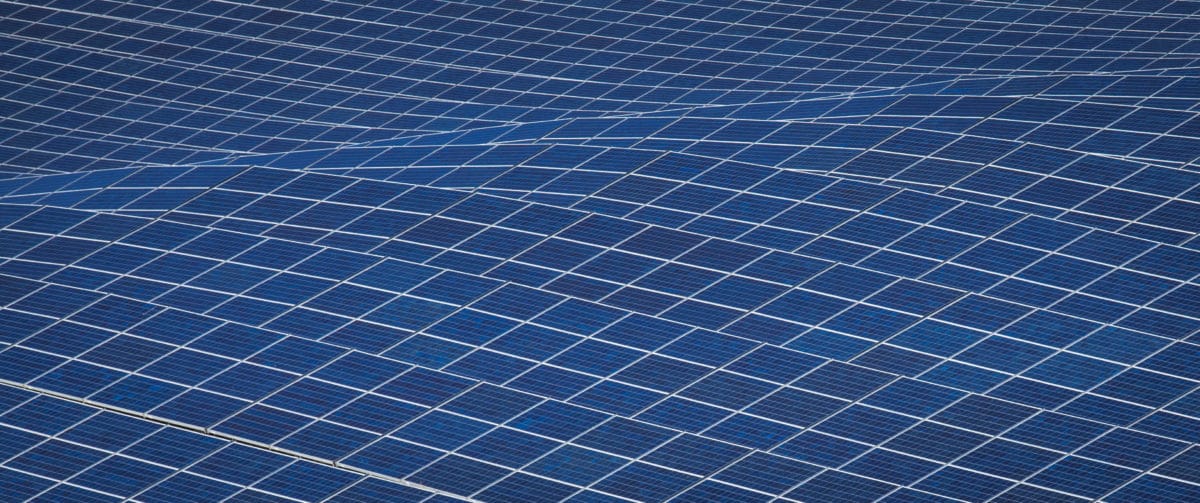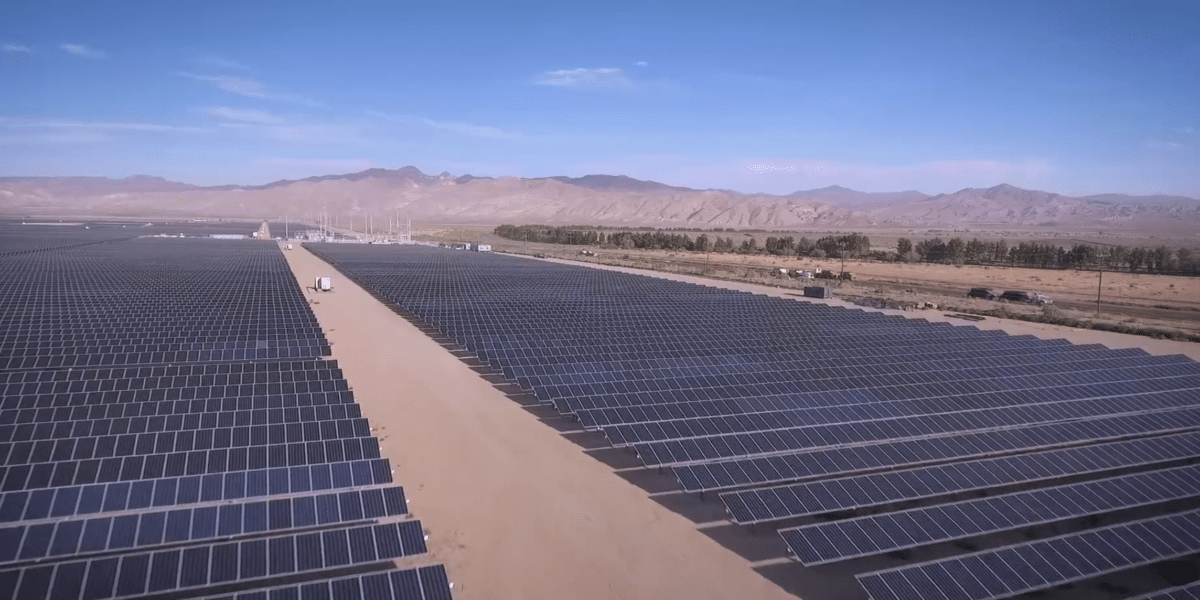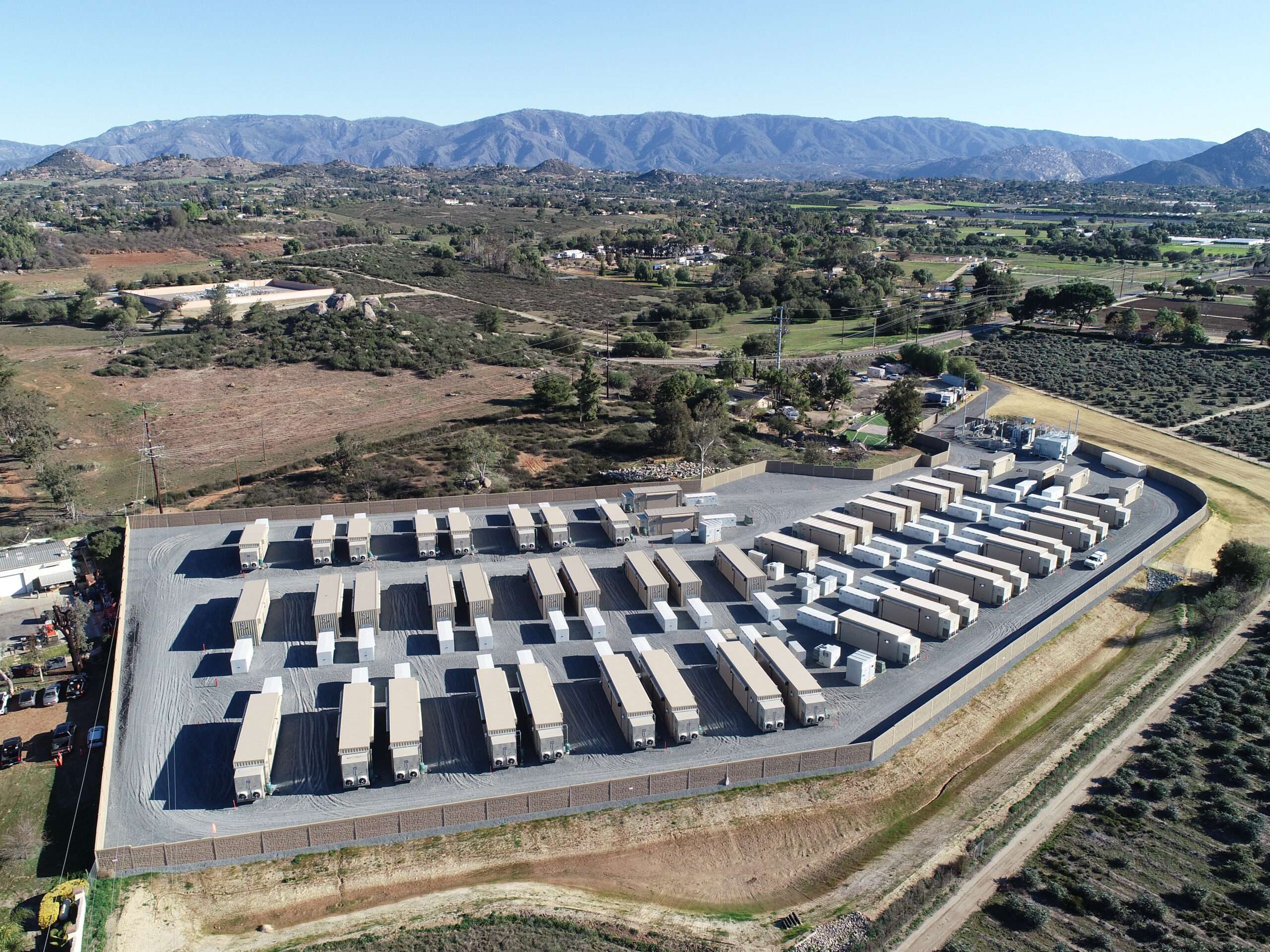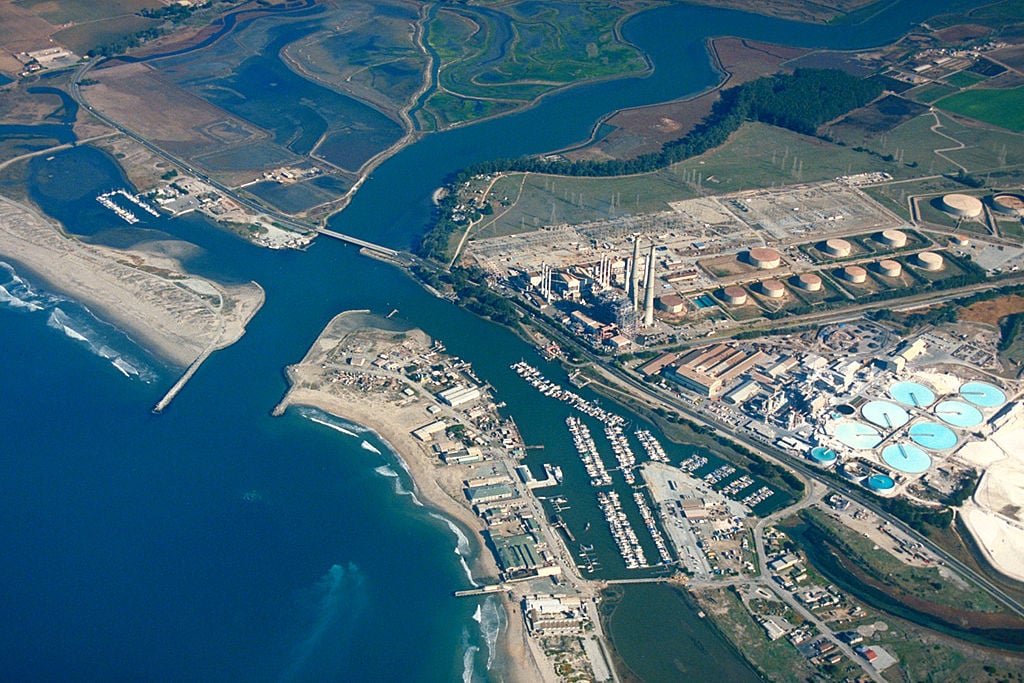TheTalkingMule
Distributed Energy Enthusiast
There are energy transition and climate change subforums/threads in the Energy, Environment forum. This is the TSLA Investors Discussion forum.
You can install our site as a web app on your iOS device by utilizing the Add to Home Screen feature in Safari. Please see this thread for more details on this.
Note: This feature may not be available in some browsers.
So, you don't think a government emergency response to oil price will affect investors?There are energy transition and climate change subforums/threads in the Energy, Environment forum. This is the TSLA Investors Discussion forum.
/cloudfront-us-east-2.images.arcpublishing.com/reuters/LE5NX4ULNBKP3IC2LM3WGRBTPE.jpg)
I'm not sure what the math here is, exactly, but I assume that $64/MWh is not the price of electricity going out of a plant? Meaning, it does not take into effect the efficiency of the turbine, whether that's ~30% for a single-stage gas turbine or ~50-60% for a combined-cycle gas turbine?$8/mmBtu is about $64/MWh just in fuel cost for many gas generators. So as gas prices go up, power prices for RE and battery generation/discharge do as well.
Please see Heat Rates reported by the EIA. For example, https://www.eia.gov/totalenergy/data/monthly/pdf/sec12_7.pdf or SAS Output. There are also break out by type of generator. The least efficient generator run will generally be the marginal generator. Gas turbines use about 11 mmBtu/MWh, so about $88/MWh just for fuel. You can see why this would only be used for peaking capacity, and this is relevant to the competitiveness of battery and solar-battery peaking generators.I'm not sure what the math here is, exactly, but I assume that $64/MWh is not the price of electricity going out of a plant? Meaning, it does not take into effect the efficiency of the turbine, whether that's ~30% for a single-stage gas turbine or ~50-60% for a combined-cycle gas turbine?
Edit: Here are some longer-term historical gas prices for additional context - funny enough from the EIA webpage with the headline: In 2020, U.S. natural gas prices were the lowest in decades
So $8/MMBtu is pretty high, we saw sustained prices around there from 2003-2008 when the economy crashed, with some seriously high spikes in between. IMO we have some room to go with regards to fossil fuel prices in the short to medium term.
View attachment 795062
You are correct - $64/MWh for fuel costs prices that plant out of the market against new build solar and wind, including solar and wind with co-located battery to smooth delivery.I'm not sure what the math here is, exactly, but I assume that $64/MWh is not the price of electricity going out of a plant? Meaning, it does not take into effect the efficiency of the turbine, whether that's ~30% for a single-stage gas turbine or ~50-60% for a combined-cycle gas turbine?
Edit: Here are some longer-term historical gas prices for additional context - funny enough from the EIA webpage with the headline: In 2020, U.S. natural gas prices were the lowest in decades
So $8/MMBtu is pretty high, we saw sustained prices around there from 2003-2008 when the economy crashed, with some seriously high spikes in between. IMO we have some room to go with regards to fossil fuel prices in the short to medium term.
View attachment 795062


Your article indicates solar+battery costs $20 for every MWh directly from the panels and $100 for every MWh routed through the batteries. So solar is only cheaper in the daytime, but we already knew that. FWIW the cheapest solar PPA I've seen is $15/MWh, for an El Paso Electric deal.You are correct - $64/MWh for fuel costs prices that plant out of the market against new build solar and wind, including solar and wind with co-located battery to smooth delivery.
Batteries aren't just for storage. They eliminate TONS of frequency maintenance and other ancillary costs.Your article indicates solar+battery costs $20 for every MWh directly from the panels and $100 for every MWh routed through the batteries.


A couple articles I ran across today related to the CAISO and battery discussion and some notes:Batteries aren't just for storage. They eliminate TONS of frequency maintenance and other ancillary costs.
Renewables + battery storage is cheapest when you look at the whole picture.


Good god - Chevron is trading at $172 - it's not an ATH, but you get to go back to 1980 for the ATH.Back to oil. A fascinating 2 weeks in the "supply emergency" and more indications this whole trade is crumbling.
I didn't provide an update on last week's US commercial crude supply report because I was super drunk. Apologies. And it was a doozy of a report. Something like +10M barrels of total supply on only a 4Mb release from the strategic reserve. That's about as oversupplied as you can get in one week.
Then today's report comes out and US commercial crude stockpiles are down a whopping 8Mb. on the surface it looks like a full reversal of last week. Perhaps refineries were moving slow or there was maintenance at a few major depots. But nope.
This week's drop in supply was all about net imports, which were down a staggering 1.9Mb/d or ~13Mb. That more than explains the 8Mb drop in US crude supplies and continues the clear indication we're ready to plummet. The US was a net exporter of crude oil and refined products to the tune of 2.9Mb/d or 20Mb for the week. I'm pretty sure that's a record.
And US crude production remains 1.7Mb/d below levels just before the pandemic hit.
Strategic reserve stands at 556Mb, down 4.7Mb from last week. So the Biden threat of releasing 1Mb/d has only been about 2/3rds implemented.
Combine all that with Bank of America today calling "peak inflation" and I think you have all the ingredients in place to unwind this market. My Memorial Day WTI price target is now $70-80 and we'll dip below $60 by the 4th of July.




